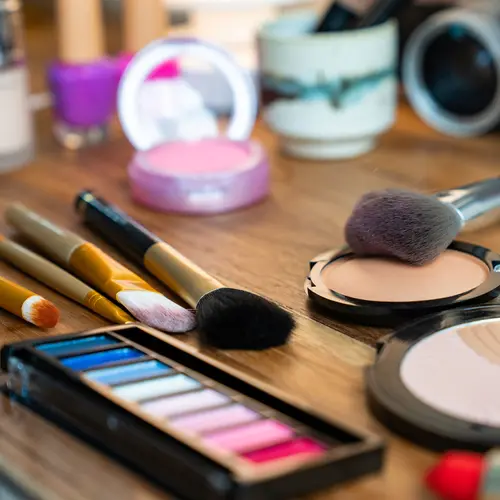Beard hair is a type of hair called “androgenic hair.” It grows both during and after puberty as a result of the changing levels of hormones known as androgens. You can grow out your beard, trim it, or shave it off completely. You can also style it in many different ways.
A beard can make quite a statement. It can also lead to several different problems. Here are some of the issues you might face if you have a beard.
1. Acne
Acne is one of the most common skin conditions, affecting around 50 million people in the United States. While commonly associated with teens, it can affect people of all ages.
If you have a beard, you may be more likely to develop acne than someone without one, though. That’s because your facial hair can trap oil, bacteria, and dead skin cells, making you more prone to breakouts.
Washing your face with a gentle cleanser and using a topical medication can help treat and avoid acne. If it’s a more chronic issue, you might also want to seek the help of a dermatologist.
2. Dandruff
Dandruff (seborrheic dermatitis) doesn’t just affect your head hair. If you have a beard, it can affect your face, too. It causes itching, redness, scaly skin, and flakes to develop on the skin beneath your facial hair.
Beard dandruff commonly develops as a result of Malassezia, a type of yeast that’s found on the skin of more than seven billion humans.
While there isn’t a cure, there are ways to manage it without having to shave your beard off if you don’t want to. A gentle skin cleanser and dandruff shampoo can often do the trick.
3. Ingrown Hairs
If you decide to shave your beard, you could develop ingrown hairs (pseudofolliculitis barbae). They generally occur during the “stubble” phase. Instead of growing out, the hairs curl back into the skin, resulting in itchy, uncomfortable red bumps. While ingrown beard hairs can occur in anyone, they’re more common in individuals with curly facial hair.
You can reduce the risk of ingrown hairs by shaving right after you shower. The water softens your facial hair, so it’ll be less likely to curl back into your skin. Using a shave gel or shaving cream, rinsing with lukewarm water, and patting your skin dry (rather than scrubbing it with a towel) can also help.
4. Skin Irritation
Shaving your beard can also lead to skin irritation ( contact dermatitis). Using a dull razor or one that doesn’t contour to your face properly can increase the risk of this happening. Certain chemicals or fragrances in shave creams or gels can also contribute to irritation.
To avoid irritation, use a fresh razor with four or five blades. Shave with the hair growth instead of against it. Rinse your skin after shaving to remove all residue from your shave cream or gel and apply a fragrance-free moisturizer. If your skin does become irritated, you can typically soothe it with hydrocortisone cream.
5. Staph Infections
Staph infections occur as a result of a bacteria called staphylococcus aureus. The bacteria live on most peoples’ skin in different areas. The skin under your beard is an ideal growing environment, as it’s more humid, and you may have flaking skin under the hair.
If the bacteria get into your hair follicles, you can develop an infection known as folliculitis. It leads to the development of small, red or white bumps that resemble pimples. They’re often filled with pus and can be uncomfortable or itchy. You can typically treat an infection by washing your beard thoroughly. If necessary, you can also use an anti-itch cream. For more severe infections, however, you may need professional treatment.
6. Lice
Just as you can get lice in your head hair, you can also get them in your beard hair. Pubic lice (crabs), in particular, thrive in the thicker, curly hairs, but head lice can live there, too. Pubic lice look like regular lice and can cause similar problems such as skin irritation and itching.
Fortunately, you can treat lice in your beard. The treatment is similar to how you would treat head lice. An over-the-counter, medicated shampoo is often enough to eliminate them. Alternatively, you can shave your beard to get rid of the lice and regrow your facial hair.


